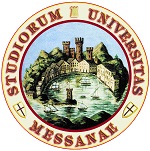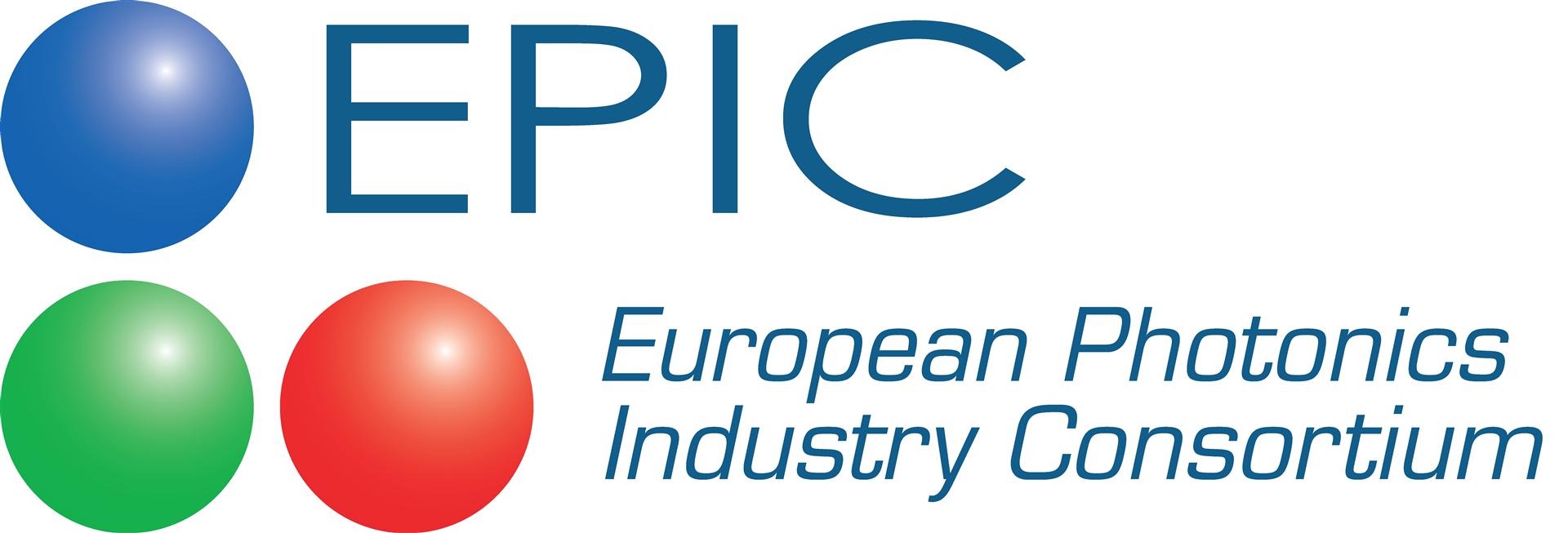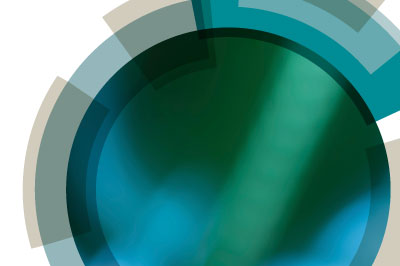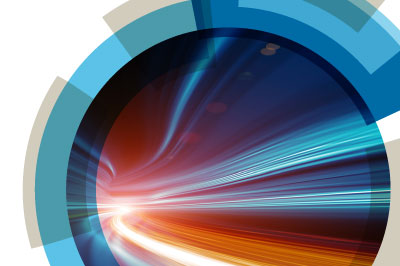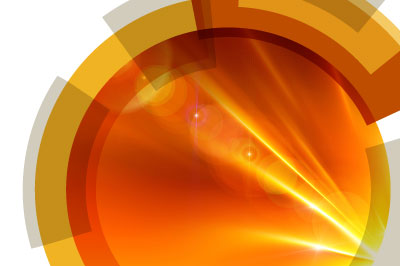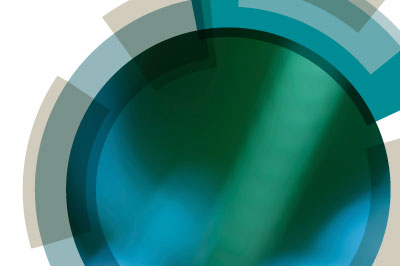Since its inception in 1987, the field of Supramolecular Photochemistry has experienced impressive growth, and now impacts on many topics, including artificial photosynthesis, light-activated molecular machines, molecular logic gates, and luminescence sensing and imaging. The field has matured, taking advantage on new instrumentation and advances in synthesis, and it is now time to consider where we are and where we want to be in the near future.
Faraday Discussions have a special format where research papers written by the speakers are distributed to all participants before the meeting, and most of the meeting is devoted to discussing the papers. Everyone contributes to the discussion - including presenting their own relevant research. The research papers and a record of the discussion are published in the journal Faraday Discussions.
A satellite meeting took place at St John's College Cambridge on the day after the Faraday Discussion. Further information is available from the downloadable flyer on this page.
Format
The Faraday Division have been organising high impact Faraday Discussions in rapidly developing areas of physical chemistry and its interfaces with other scientific disciplines for over 100 years.Faraday Discussions have a special format where research papers written by the speakers are distributed to all participants before the meeting, and most of the meeting is devoted to discussing the papers. Everyone contributes to the discussion - including presenting their own relevant research. The research papers and a record of the discussion are published in the journal Faraday Discussions.
Themes
- Natural and artificial photosynthesis
- Light-activated molecular machines and logic gates
- Self-organization of photo-active nanostructures
- Luminescence sensing and imaging
Christian Doppler Symposium on Solar Fuels
18 September 2015. St John's College, School of Divinity, Cambridge, UKA satellite meeting took place at St John's College Cambridge on the day after the Faraday Discussion. Further information is available from the downloadable flyer on this page.





